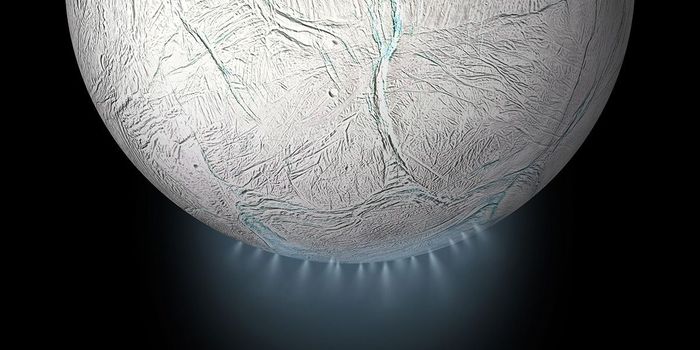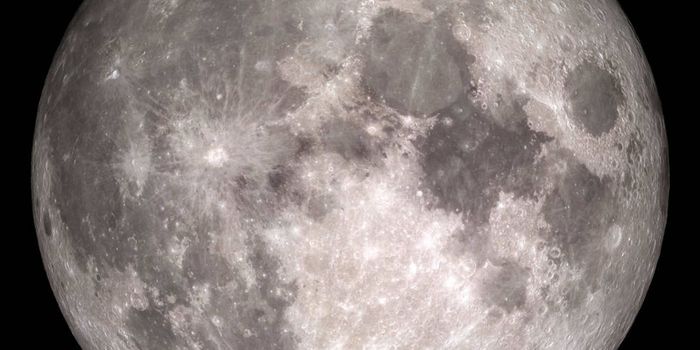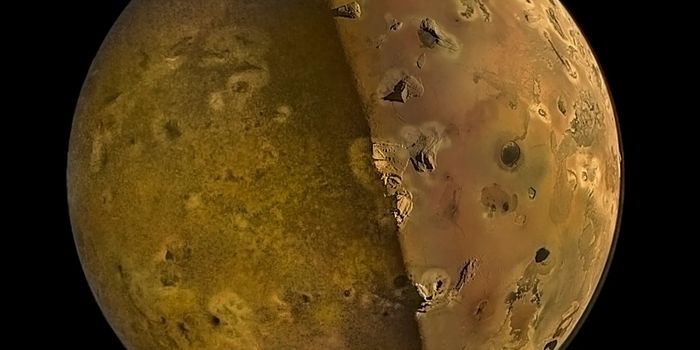The Closest Star to a Black Hole Astronomers Have Ever Seen
Almost three decades ago, astronomers were looking at a binary star system known as 47 Tuc X9, which resides around 14,800 light years away from Earth. The system was believed to contain both a white dwarf and a Sun-like star with a much lower mass.
On the other hand, new research that utilized NASA’s Chandra Space Telescope and NuSTAR and CSIRO’s Australia Telescope Copact Array indicates that while there’s indeed a white dwarf in the system, the secondary object wasn’t a Sun-like star after all, but rather a black hole.
Image Credit: NASA/CXC/M.Weiss
The white dwarf of this system is orbiting the black hole, and it’s doing so more closely than any star observed orbiting a black hole ever before. A paper accepted for the Monthly Notices of the Royal Astronomical Society details the findings, and a pre-print of the paper is available in arXiv.org in the meantime.
Because the white dwarf is orbiting so closely to the black hole, only approximately 1 million kilometers away (2.5 times the distance that the Moon is from the Earth), it’s consequently whipping around the black hole two times every hour. Just to keep things simple: that’s fast.
The new discovery shatters the previous record holder MAXI J1659-152, in which instead of the star orbiting the black hole twice an hour, it orbited every 2.4 hours instead. With such an incredibly different dynamic situation at hand here, it’s attracting a lot of attention.
The black hole is snagging matter from the star, however because the star is safely orbiting the black hole, it’s not believed to be in any imminent danger of ‘falling’ in.
“This white dwarf is so close to the black hole that material is being pulled away from the star and dumped onto a disk of matter around the black hole before falling in,” explained the study’s lead author Dr Arash Bahramian, from the University of Alberta in Canada and Michigan State University in the United States.
“Luckily for this star, we don’t think it will follow this path into oblivion—it should stay in orbit.”
There continues to be a cloud of uncertainty about what exactly will happen to the star, as theoreticals are all over the place without much agreement. Perhaps one of the most credible ideas is that the white dwarf will continue to lose its gassy mass, causing it to become a solid object; perhaps a type of planet.
“Over time, we think that the star’s orbit will get wider and wider as even more mass is lost, eventually turning into an exotic object similar to the famous diamond planet discovered a few years ago,” he continued.
You might also be interested in: This black hole has been bunching on a star for more than a decade
There is also a lot of uncertainty about how a binary system like this came to exist, as astronomers have never seen a star so close to a black hole in a binary system before. Nevertheless, it provides a very interesting point of study for astronomers going forward, so it should be interesting to see what we can learn from it.


















































